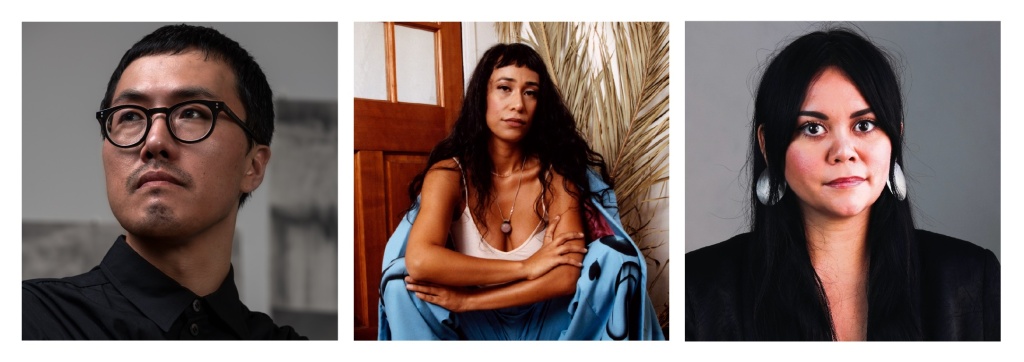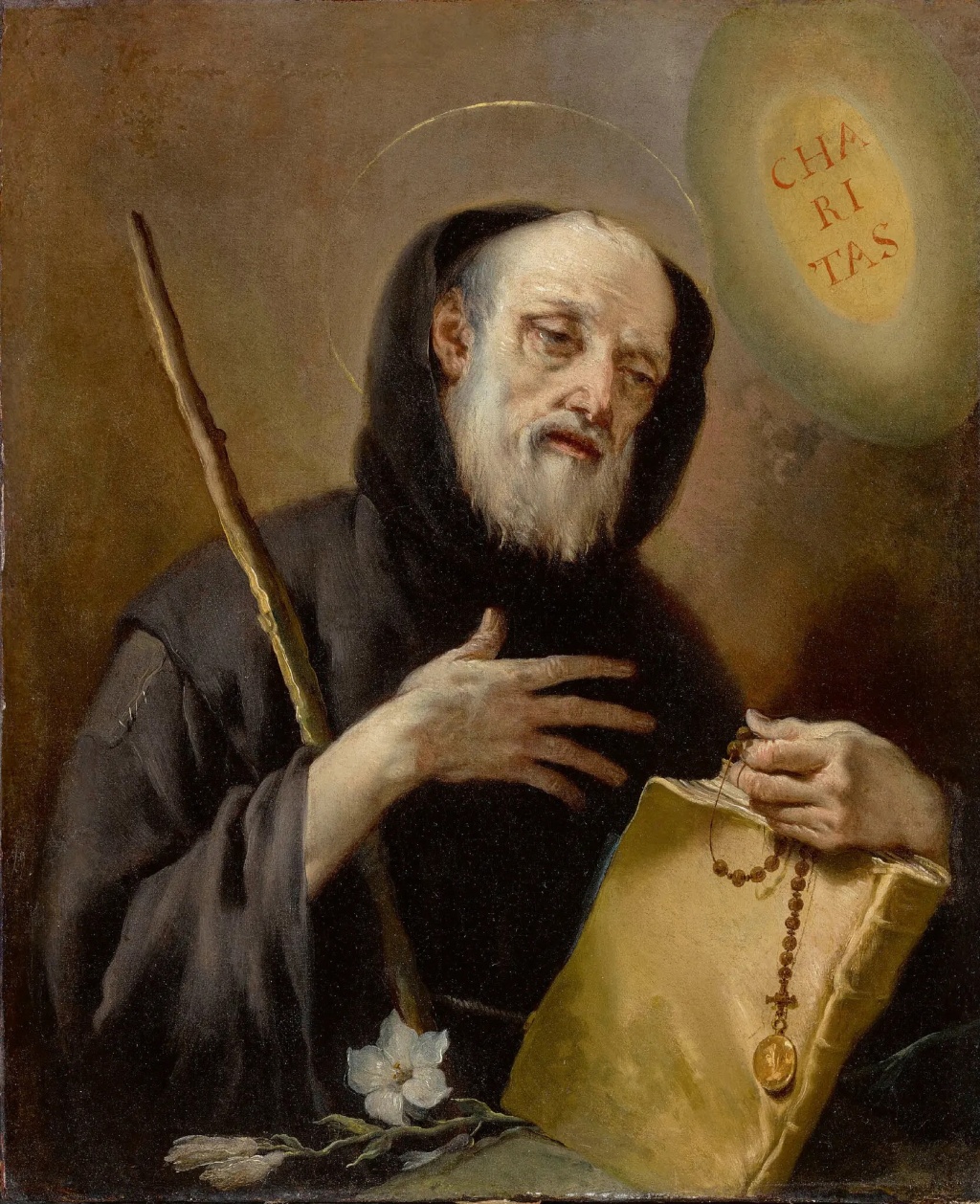At the Liverpool Biennial, Troubling Local Histories Echo Across Time
Established in 1998, the Liverpool Biennial returned this month with its 12th edition, “uMoya: The sacred Return of Lost Things,” curated by Cape Town–based artist, curator, and sociologist Khanyisile Mbongwa. Its title, according to Mbongwa, translates from the isiZulu to mean “spirit, breath, air, climate and wind.”
With “uMoya,” Mbongwa is addressing aspects of Liverpool’s history that have long gone unaddressed. Once one of the world’s busiest ports—and formerly the largest slave trading port in Britain—Liverpool now has a troubled past that must be squared with its progressive cultural politics. But the ambitions of this biennial are not merely local. Mbongwa wrote that she intends to “draw a line from the ongoing Catastrophes caused by colonialism towards an insistence on being truly Alive.”
Bringing together new and existing works across multiple venues, Mbongwa has curated the biennial’s offerings across the city, giving the artists’ complex practices space to breathe. Some sites chosen this time around are new to the biennial, including two that point toward the city’s complicity in colonialism: the Tobacco Warehouse and the Cotton Exchange. The former is the world’s largest brick-built warehouse and was used to store vast tobacco bales, while the latter, opened in 1906, was home to Liverpool’s cotton industry. Both spaces are signifiers of the enforced labor undertaken in order to keep the industries which created them profitable.
By taking some works into the public realm, Mbongwa and the biennial’s team are negotiating tough histories head-on, bringing these dialogues in direct line with the city and its inhabitants. This is well evidenced in the positioning of London-based Rudy Loewe’s work, The Reckoning, in Liverpool ONE at the Old Dock. A large-scale installation built around the artist’s painting February 1970, Trinidad #1, The Reckoning depicts a Moko Jumbie, a stilt-walker from Caribbean folklore, among other Carnival Mas revellers coming to assist protestors during a Black Power revolt in Trinidad and Tobago. By siting this work at the old dock, these histories are made to reverberate through Liverpool and into the UK beyond.
Below is a look at some of the standouts from the 2023 Liverpool Biennial, which runs across the city through September 17.
-
Edgar Calel

Image Credit: Photo Mark McNulty/Courtesy Liverpool Biennial Growing up, Edgar Calel would eat breakfast with his family and recount his dreams, which he believed could predict the mood of the upcoming day. His dreams have continued to remain important to him, even influencing the food used in his 2021 work Ru k’ox k’ob’el jun ojer etemab’el (The Echo of an Ancient Form of Knowledge), which now greets visitors to the fourth floor of Tate Liverpool. Fruit and vegetables lie atop stones which populate the gallery floor, some intact and some cut open, their insides offered up to the sky. On one stone, a melon nestles with a butternut squash and two apples; on another, some leeks lie beside an avocado and some peppers. The stones are adorned with the produce during a private ritual during the exhibition installation. Drawing on his Mayan Kaqchikel heritage and his ancestral knowledge, the piece acts as an offering to the land and Calel’s ancestors. Through this act of laying out produce, he is ensuring the preservation of memory and history.
-
Eleng Luluan

Image Credit: Photo Rob Battersby/Courtesy Liverpool Biennial Down on the Prince Dock sits Luluan’s Ngialibalibade–to the Lost Myth, commissioned for this Biennial. Inspired by the artist’s memory of growing up in the indigenous Kucapungane community, a Rukai aboriginal village in the mountains of southern Taiwan, the work is here sited between two bodies of water, the Mersey River and the Dock, as well as corporate offices and the cruise ship terminal. That means there is always energy swirling round and running through the work. It is this energy that highlights the very thing Luluan wanted to activate in the work: our reliance on waters that have been left in a precarious state by climate change. Luluan’s piece is a vessel covered in handwoven fishing nets; it vibrates in the breeze, becoming a signifier of what is to come and what has already been lost.
-
Melanie Manchot

Image Credit: Photo Mark McNulty/Courtesy Liverpool Biennial Made over four years, Manchot’s new film STEPHEN (2023), exhibited at the Tobacco Warehouse, was produced with a cast of professional performers and amateur actors from Liverpool’s recovery community. Commissioned by the biennial, STEPHEN is based on the first film ever to be made in Liverpool, from 1901, which told the story of a local bank clerk who embezzled money to fund his gambling addiction. Here, the work is split into two parts; the first is a series of monologues and auditions, and the second is the feature-length film itself. Taken as a whole, STEPHEN is a heartbreaking look at the consuming nature of addiction and what is required to survive it. Manchot and her collaborators, in particular the titular Stephen played by Stephan Gibbons, have produced a work that is honest without being derivative.
-
Binta Diaw

Image Credit: Photo Mark McNulty/Courtesy Liverpool Biennial In Diaw’s Chorus of Soil, also at the Tobacco Warehouse, the artist uses soil and seeds to map the plan of the Brooks ship, which sailed between Liverpool and the coast of West Africa between 1782 and 1804, and carried over 5,000 enslaved people to plantations in the Caribbean. Diaw recreated the vessel on a 1:1 scale, making it impossible to ignore the forced movement its passengers faced. Her use of soil holds out the possibility of renewal—for new life to grow out of the horrific violence of centuries past. Green shoots and buds were already starting to speckle its surface during the biennial’s first week. The installation is accompanied by a new sound work incorporating the voices of locals reciting Zong! (2008), a poem by M. NourbeSe Philip that was written using the only document which acknowledges the 1781 murder of 150 enslaved people on the ship Zong.
-
Julien Creuzet

Image Credit: Photo Mark McNulty/Courtesy Liverpool Biennial Creuzet, an artist and poet who will represent France at the 2024 Venice Biennale, has made a series of hanging sculptures at the Tobacco Warehouse that consist of the outlines of drawings, all entwined with colored threads. In one, feet and hands layer each other while in others, a scythe or a fork cuts through the compositions. Based on a range of imagery, such as African sculptures, abstracted landscapes, and centuries-old engravings, these works seem to transcend both time and their initial sources, opening up a new narrative that expands the historical record. In the supporting texts, Creuzet explains that “the work is inspired by the poetic and philosophical reflections of French Martinican intellectuals Aimé Césaire and Édouard Glissant on creolisation, the process by which elements of different cultures are blended to create a new culture.”
-
Ranti Bam

Image Credit: Photo Rob Battersby/Courtesy Liverpool Biennial Another commission for this year’s biennial is Bam’s Ifas, at Our Lady and St Nicholas Church Gardens. The church is the burial location of Liverpool’s first recorded Black resident and former slave, an African person known only as Abell, who died a free man in 1717. Bam’s work offers a space for reflection and meditation. The work, consisting of seven clay sculptures, is so bodily, so immediate, that there is a deeply felt need to hold them close. The vessel like structures, fold back on themselves like they are crouching to greet you, as if they are welcoming an embrace. Bam gives further context for this in the supporting texts: “The title ‘Ifa’ references the Yoruba word ‘I-fàá’, meaning ‘to pull close’, as well as ‘Ifá’, the Yoruba system of divination – Yoruba are one of the largest ethnic groups in Nigeria, concentrated in the southwestern part of the country. The sculpted stools, known as ‘Akpoti’ are integral to indigenous life and are used for rest, care, communication, and communal gatherings.”


